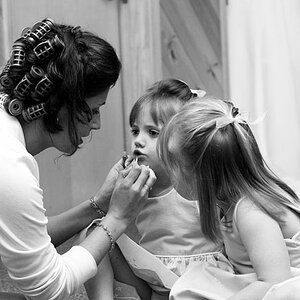pgriz
Been spending a lot of time on here!
- Joined
- Jul 30, 2010
- Messages
- 6,734
- Reaction score
- 3,221
- Location
- Canada
- Can others edit my Photos
- Photos OK to edit
Greetings, old friends. It's been a while. Six funerals, 3 cancer diagnoses (and recoveries), 1 new birth, and a few more life changes later... I've been busy. But I'm back to tap into the wisdom of the hive mind of the Photo Forum. My challenge, is that I've been asked to be the "official" photographer for my nephew's wedding. Somehow, his family's admiration of my photography of sunsets, flowers, and various bits and pieces, made them decide that I have the skills to do wedding photography. Despite increasingly forceful attempts to redirect their interests elsewhere, I now have to accept the challenge of doing it, as they have told me that if I don't, there will not be any photographer (other than the ubiquitous cellphone cameras in everyone's hands).
The additional challenge is that this will all take place outdoors, and from what I've learned of the site, the "inside" is rather dark and poorly lit. So, in preparation, I've acquired a second camera body, some additional flash units, radio triggers, diffusers, a LOT of spare batteries, and will bring with me the umbrellas and light poles that I use for product photography. What I am looking for is some direction with respect to posing, a list of "expected" shots, and other survival suggestions.
The additional challenge is that this will all take place outdoors, and from what I've learned of the site, the "inside" is rather dark and poorly lit. So, in preparation, I've acquired a second camera body, some additional flash units, radio triggers, diffusers, a LOT of spare batteries, and will bring with me the umbrellas and light poles that I use for product photography. What I am looking for is some direction with respect to posing, a list of "expected" shots, and other survival suggestions.




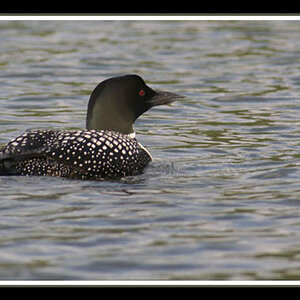
![[No title]](/data/xfmg/thumbnail/37/37106-bbbc8e30f409f82c56bead43c7565d5a.jpg?1619737882)
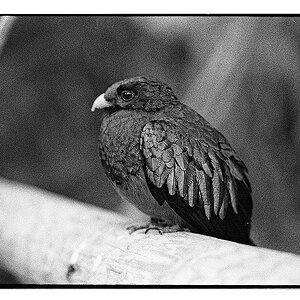
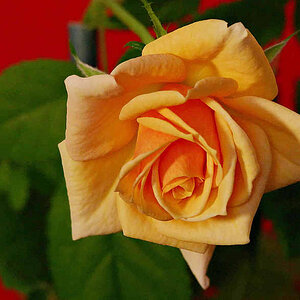
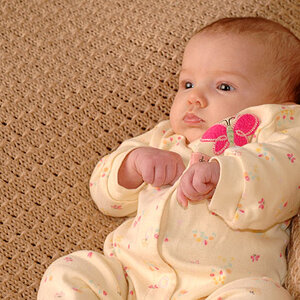
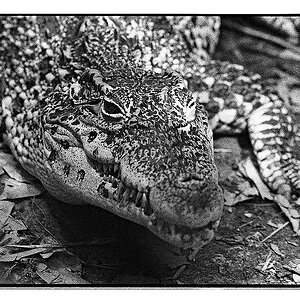

![[No title]](/data/xfmg/thumbnail/39/39645-11fae384f9fd2ec2813acc42adec0206.jpg?1619739148)
![[No title]](/data/xfmg/thumbnail/36/36667-b3265abf8272f21d759a0abd6a0995c3.jpg?1619737676)
![[No title]](/data/xfmg/thumbnail/37/37103-871e5d39d6f585e3019a4e25eb2ee935.jpg?1619737882)
